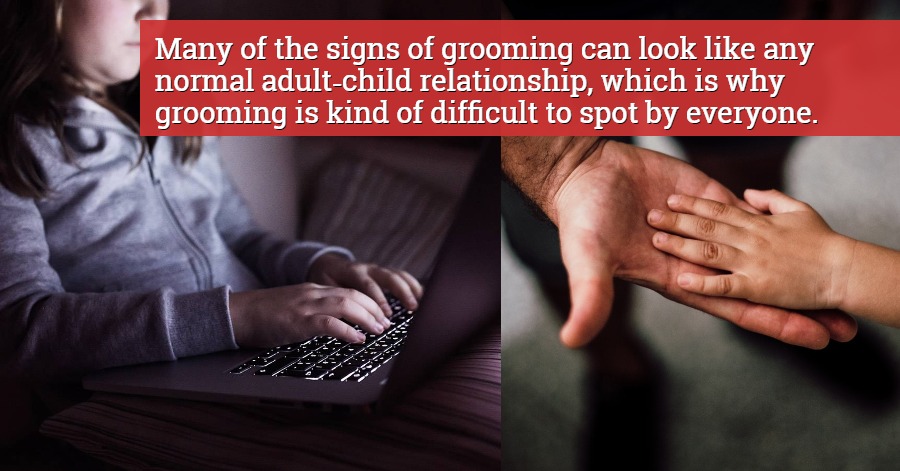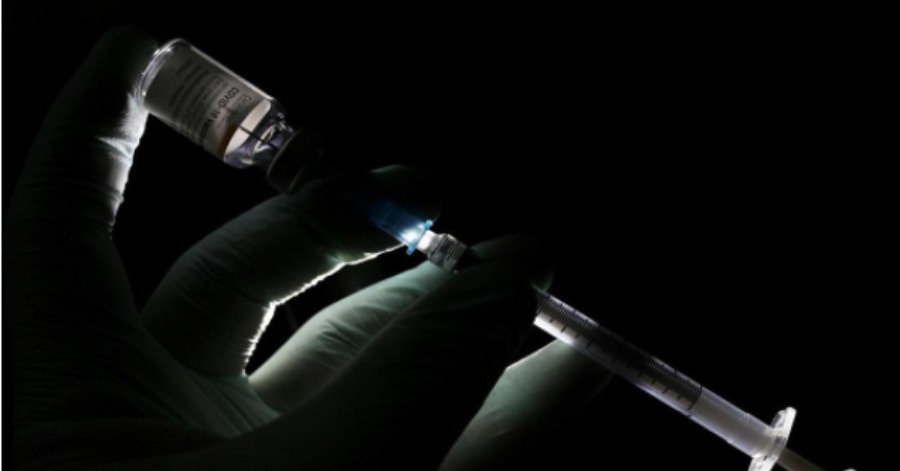You might not be aware of this but grooming can indeed take place online or even in person. It is usually employed by a family member or even someone else in the victim’s circle of trust, such as their own coach, teacher, youth group leader, or others who naturally have some interaction with the victim. That is why people should always be aware.
Many of the signs of grooming can look like any normal adult‐child relationship, which is why grooming is kind of difficult to spot by everyone. But there are actually some signs that might indicate that the child is being groomed. For those who might not know, you can always be aware of all these 6 red flags for perpetrator grooming behaviors.

1) Forming Relationships
Perpetrators seek to form relationships with children. They usually spend their spare time with children and tend to be more interested in forming relationships with children than adults. They will single out one child as ‘special’ and give him or her extra attention and gifts as a way to form a bond between them. They will take a special interest in a child’s look and dress and may take excessive pictures of the child.
2) Testing Boundaries
Perpetrators will try to test the boundaries of your child’s comfort levels. Sometimes they will tell off-colored or sexualized jokes to see how the child will respond. They may try to play sexualized games such as pants-ing, truth-or-dare, or strip games. They will see how the child reacts when they enter a child’s room or normal places where children are expected to have privacy, such as the restroom. Perpetrators thrive in secrecy, and testing boundaries helps them know if they can continue without being caught.
3) Touching
Perpetrators will test the boundaries of touch with your child. They usually begin with non-sexual touches such as high-fives and hugging. They may slowly progress to inappropriate touching such as accidentally grazing a private part of the body, just to see how the child will react. They may kiss or have the child sit on their lap. The thing to note is they will move from very innocent touching and progress to more sexual touching in order to test the reaction of the child.
4) Intimidating
Perpetrators use intimidation in order to keep the child from telling another person about the abuse. They will begin by testing the child’s reaction to being blamed for something simple. They will see if the child pushes back or tells an adult. Then they will progress to threatening the child or causing a child to feel a sense of guilt. They often use fear or embarrassment to keep a child from telling another person about the abuse. They may use statements such as, “No one will believe you”, or threaten them with danger or danger to someone they love to keep them from telling.
5) Sharing Sexually Explicit Material
Perpetrators often share sexualized material in order to normalize sex. They will use sexual terms freely in the presence of your child. They will show sexualized pictures or videos. They will often begin a sexualized relationship through messaging or texting first.
6) Communicating Secretly
Perpetrators will look for any communication channel to communicate with a child secretly. Often these interactions begin online. They often encourage texting, emailing, and all calls to be secret. Remember perpetrators thrive in secrecy, so they will always encourage the child to keep everything silent.
Sources: Defend Innocence.









Leave a Comment